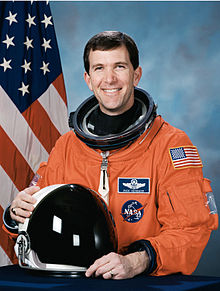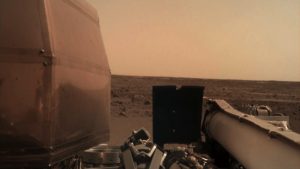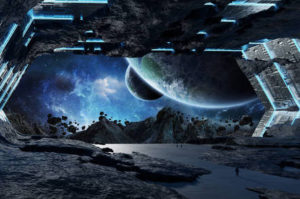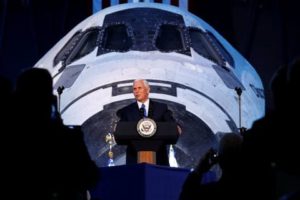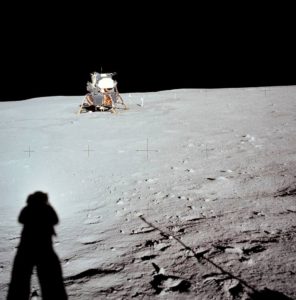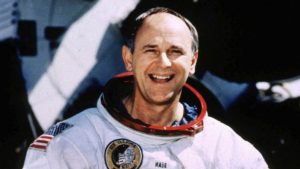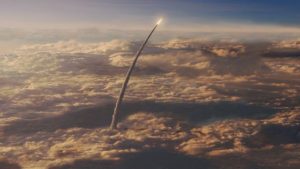That had to be the longest 90 days in human history.
A machine that landed on Mars 15 years ago was intended to be on duty for three months. Then the rover named “Opportunity” just kept on collecting data.
Yes, for 15 years the rover traipsed across the Martian surface sending data back to NASA scientists who had launched the ship.
Opportunity went silent eight months ago. NASA tried for most of the past year trying to awaken the rover. It was unable to do so.
This week, NASA “called it,” declaring Opportunity officially dead. The space agency won’t try any more to resuscitate the machine.
Mission accomplished, Opportunity
I have to say that as much as I love the notion of human beings traveling into space, I am mighty impressed with the work being done these unmanned probes that NASA launches.
They fly into the sun, they orbit Venus and Mercury, they fly to the farthest reaches of our solar system, probing Jupiter and Saturn, the asteroid belt. They send back amazing data and make incredible discoveries — such as evidence of water on Mars!
Opportunity performed its mission . . . and then some!
All that said, I hope I am still around to watch the first human beings thrown off from Earth and toward Mars.
That, I believe, would be a seriously “giant leap for mankind.”



